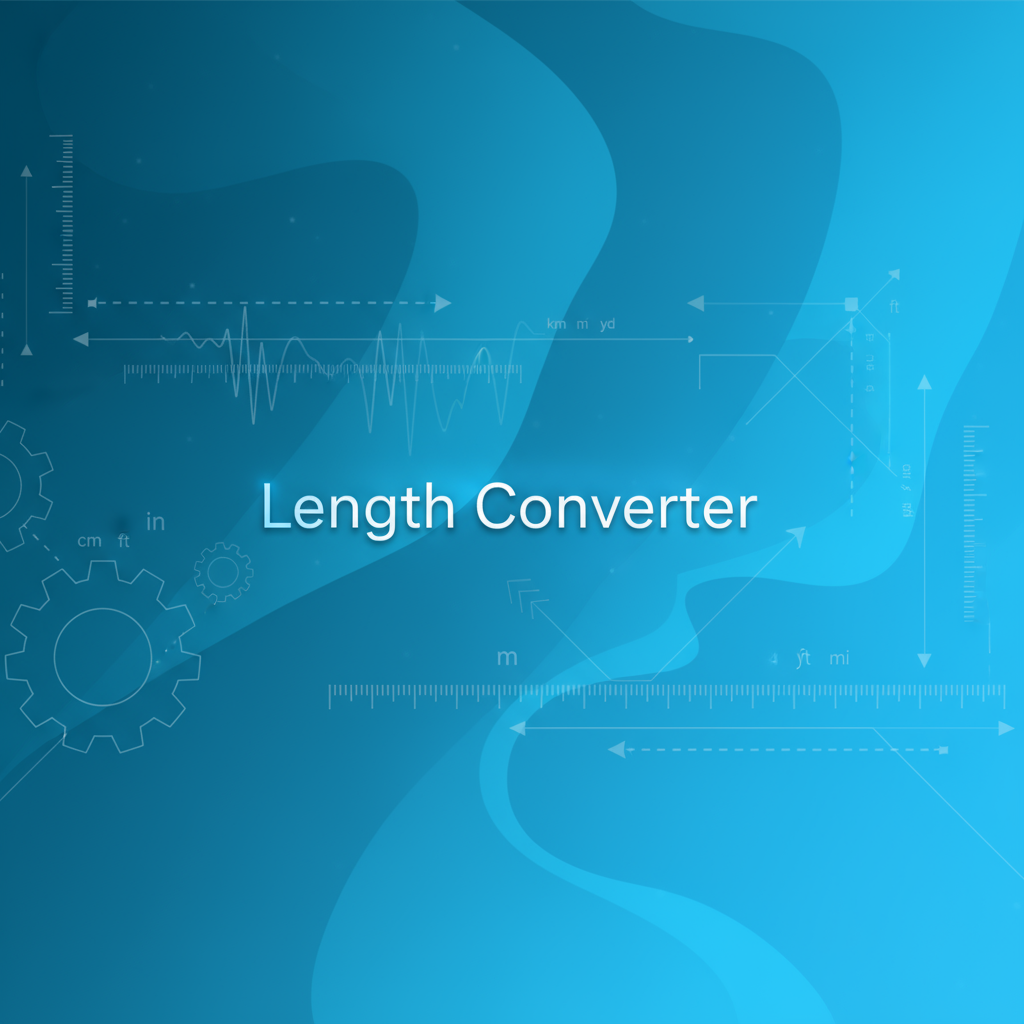
Linear Charge Density Converter
Linear Charge Density Converter Conversion Chart
| From | To | Formula (for 1 unit) | Result |
|---|
Quick Conversion Links
About This Tool
This Linear Charge Density Converter is a specialized tool for physics and electrical engineering, particularly in the field of electrostatics. It converts units of linear charge density, which describes the quantity of electric charge per unit length. The base unit is coulombs per meter (C/m).
This measurement is used to model the charge distribution on long, thin objects like wires, cables, and rods, and is essential for calculating the electric fields they produce.
Tips & Features
- The C/m Standard: The coulomb per meter (C/m) is the SI unit for linear charge density. It provides a direct measure of how concentrated an electric charge is along a one-dimensional line.
- Application: Linear charge density (often denoted by λ) is a key parameter in Gauss's law for calculating the electric field around a charged wire.
- CGS Units: The tool also includes older CGS (centimeter-gram-second) units like abcoulomb/cm for compatibility with historical texts.
Expand your expertise
Recommended deep dives and guides matched to Linear Charge Density Converter.
In-depth Tool Guides
Knowledge Base Articles
Understanding Chaos Theory: From Double Pendulums to Complex Systems Explore the fascinating world of deterministic chaos through the double pendulum and beyond. This comprehensive guide explains how simple systems produce complex behavior, the mathematics of chaos, and its profound implications for science, prediction, and our understanding of nature.
Updated 11/3/2025 Complete Guide to Electric Charge Unit Conversion Professional Complete Guide to Electric Charge Unit Conversion tool for efficient workflow and productivity.
Updated 11/4/2025 Charge Converter Knowledge Article Comprehensive knowledge guide to electric charge unit conversion principles, practical applications, and industry best practices
Updated 11/4/2025 Current Converter Knowledge Article Comprehensive knowledge guide to electric current conversion principles, practical applications, and industry best practices
Updated 11/4/2025